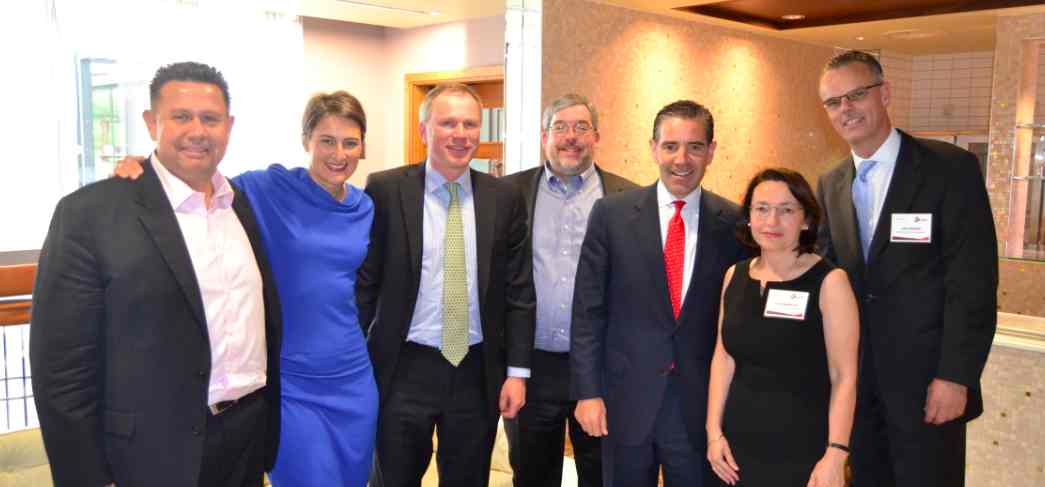The Dark Side of Passive Investing
| By Alicia Miguel | 0 Comentarios
Passive investing ranks among the most successful innovations of modern finance. We do not deny that is an appealing concept. In fact, we fully acknowledge that:
- a passive manager is likely to outperform an active manager chosen at random, assuming the latter involves higher fees and costs
- passive investing is highly transparent, as performance can be evaluated against an index that is independently calculated by a third party
- a passive approach can be applied on a large scale because of its high liquidity
- passive investing may be considered a safe choice, because by pretty much guaranteeing a return close to the index it eliminates the risk of having to explain a large underperformance sooner or later
However, we also have some serious concerns with regard to passive investing. We argue that if these concerns are also taken into account, the case for passive investing is not so clear-cut anymore.
Concern #1: passive investors are free-riders
Lorie and Hamilton (1973) already noted that the market can only be efficient if a large number of investors actually believe it to be inefficient, the so-called efficient markets paradox. In other words, the existence of a large number of active investors is a necessary requirement for efficiently functioning capital markets. Active investors continuously trade on perceived mispricings, thereby ensuring that the price of each security always reflects the market’s best assessment of its (unobservable) true value, and that the market is highly liquid. As such, active investors play a vital role in financial markets. Passive investors, on the other hand, are basically free-riders, as they do not make any attempt to assess the fair value of a security. Instead, they assume that active investors have done their homework properly, which enables them to simply accept and mechanically follow the observed security weights in the capitalization-weighted market portfolio.
Active investing: a moral responsibility?
A famous quote from Benjamin Graham is that the market can be compared to a voting machine. This is a useful analogy, because, similarly to passive investing, voting in a parliamentary democracy involves a big free-riding problem: voting is basically futile so long as millions of others vote. Free-riding appears to be a rational alternative: instead of going out to vote, spend the time on a more useful activity, such as family or a hobby. Interestingly, however, most people are well aware of this logic but still choose to put time and effort into voting, arguably because they see this as a moral responsibility in a parliamentary democracy. In the same spirit, active investing may be seen as a moral responsibility that comes along with a market economy. An efficient and liquid market benefits everyone, but because this can only arise as a result of large-scale active investing, perhaps every investor should feel obliged to contribute.
Concern #2: passive investing goes against proven factors
Our second concern with passive investing is that it goes against proven factors. The literature provides extensive evidence that securities with certain factor characteristics tend to exhibit a very poor performance, while other characteristics appear to be rewarded with better returns. Because passive investors simply buy the capitalization-weighted market portfolio, which contains all securities, they basically choose to ignore such evidence. In other words, a passive approach involves intentionally investing large parts of one’s portfolio in segments of the market that are known to be associated with disappointing historical performance characteristics.
If you believe in factor premiums, passive investing does not make sense
The logical implication of factor premiums is not to adopt passive investing and thereby intentionally invest large parts of one’s portfolio in segments of the market that are known to be associated with very poor historical performance characteristics, such as growth, past-loser and high-volatility stocks. In fact, it makes more sense to actively avoid unattractive segments of the market and seek more exposure to attractive segments.
David Blitz, PhD, is Head Quantitative Equities Research at Robeco.
The article can be found in this link and in the attached document










